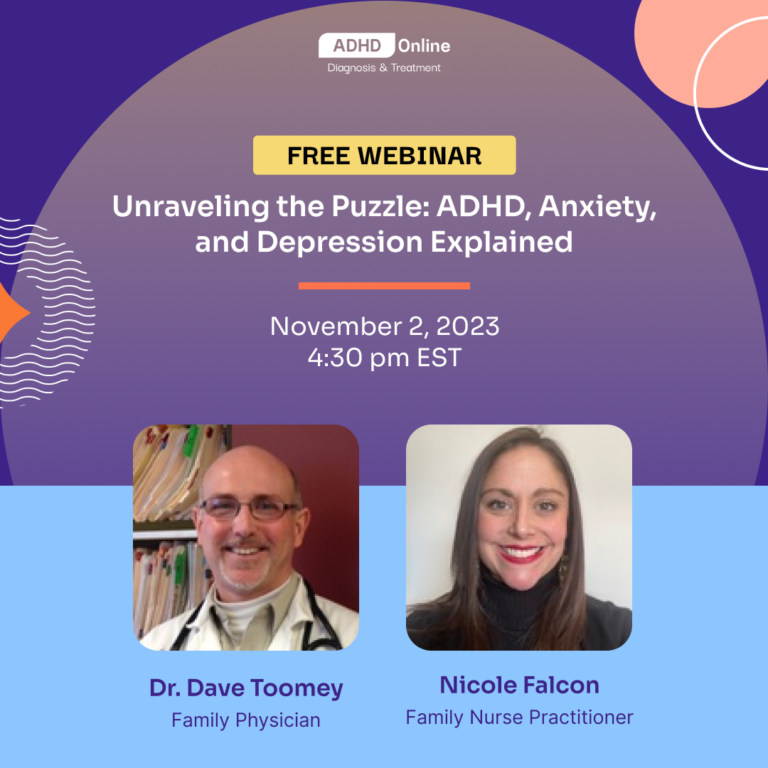By Mary Fetzer
Does excessive screen time cause some young brains to develop ADHD, or cause symptoms similar to ADHD? Or are children with ADHD more likely to engage in the compulsive use of technology because of symptoms like hyperfocus? More research is needed to answer these questions, but one thing is clear: a correlation exists between ADHD and high levels of screen time.
As ADHD diagnoses in children continue to rise, researchers are examining how screen time and attention levels impact each other. Experts, meanwhile, have advice for helping parents reduce the time their children spend with technology.
Why Screens Appeal to Kids With ADHD
Excessive screen time has not been proven to cause ADHD in children or adolescents. However, research studies have found that there is a correlation between compulsive technology use and ADHD — specifically, that children with ADHD may be at increased risk of developing a screen addiction.
The inability to focus is a well-known characteristic of ADHD. But ADHD can also manifest in a tendency to focus too intently, a trait known as hyperfocus or hyper-attention. A child who has ADHD may focus intensely on technology — television, gaming, cell phones — because the endless and everchanging flow of content is pleasing to the ADHD brain.
“Hyperfocus blocks a sense of time, leading to an inability to gauge how much time is spent on an activity,” says Sari Beth Goodman, an educator and parenting coach in Los Angeles.
Goodman suggests asking a child: “How long do you think is a fair amount of time for this activity?” and then setting the timer. She says the child will often be amazed by how quickly the time goes by.
Hyperfocus — combined with the overall appeal of screens and devices — can make it challenging for parents to reduce or limit screen use. But these expert suggestions might help:
• Start and enforce a family media plan
By implementing strategies to reduce screen time, parents will also create an overall environment that supports their child’s well-being and fosters the child’s growth. And that begins with establishing clear guidelines and consistent rules.
“Consistency is key to helping children with ADHD establish routine and structure in their lives,” says Alejandro Alva, founder and chief medical officer of Pacific Neuropsychiatric Specialists in Orange County, Calif.
• Take an inventory of a child’s screens
Enforcing a family media plan begins by defining what screen time means. That might include playing video games, watching a TV show, browsing YouTube on the computer or scrolling social media on a cellphone.
• Decide how often and how long
Once the screens have been defined, parents can set specific limits on the frequency and duration of screen use — keeping them in line with recommendations for their child’s age and developmental stage — and communicate these parameters effectively. Older children can be included in the process.
“Parents can set a time limit — such as one hour on weekdays and two hours on weekends — but let the child choose how and when to use the time,” says Genie Love, an ADHD coach and consultant in Denver, Colo. “The child may choose to use up their entire screen time allowance in the morning or save it to play online games with friends in the evening.”
• Make the bedroom a screen-free zone
Blue light — from electronic back-lit devices such as cell phones and computers — has been shown to negatively impact the natural production of melatonin in the evening and decrease feelings of sleepiness. Blue light can also reduce the amount of time spent in the sleep cycle stages that are vital for cognitive functioning. And studies show that children, including children with ADHD, are particularly vulnerable to these effects.
“Removing screens from the bedroom can promote healthier habits that last a lifetime,” says Alva.
• Make the case for alternative activities
“It’s important to provide opportunities for children to do things that don’t involve a screen,” says Alva. “This enables them to explore different interests and develop a more balanced lifestyle.”
There are many beneficial things kids are not doing — such as playing outdoors — when glued to a device. In most cases, children are not active when they’re focused on technology — and kids with ADHD need physical activity.
“Physical activity is especially beneficial for children with ADHD because it helps reduce hyperactivity, improves attention and enhances overall well-being,” says Kjirsten Broughton, a pediatric speech-language pathologist who has ADHD. “It’s healthy to encourage children to engage in outdoor activities, sports or simply unstructured playtime.”
Broughton also suggests planning regular family outings to parks, nature trails or community centers to provide opportunities to disconnect from screens and enjoy the benefits of physical movement. And, she says, reducing screen time leaves more room for face-to-face socialization with playdates or involvement in clubs and other activities.
“Cultivating these real-life connections not only nurtures a child’s social-emotional growth but also offers engaging alternatives to screen-based interactions,” Broughton says. “By encouraging meaningful interactions and creating opportunities for genuine connections, parents empower their child’s social development and foster a well-rounded approach to socializing.”
When Screen Time Is Good
Not all screen time is bad. Children can read, play educational games and enjoy other creative activities on their electronics. Parents should be on the lookout for quality screen time that aligns with their child’s interests and developmental needs.
“It’s beneficial to encourage children to engage in interactive and educational content that can enhance their learning experience,” Broughton says. “There are apps, games and educational programs that promote creativity, problem-solving and critical thinking.”
Leading by Example
Children are influenced by the behaviors they observe in their parents and caregivers, who can be positive role models by practicing their own healthy screen habits.
“Parents should consider limiting their own screen time, especially during designated family time, and prioritizing face-to-face interactions,” Love says. “This frees up time to engage in activities that demonstrate the value of real-world experiences and openly promotes the benefits of a balanced approach to technology use.”
Parents who absentmindedly reach for their phone might find it helpful to have books and magazines nearby. Turning off notifications can prevent distractions and help parents model staying focused on a task.
Making It Happen
Positive reinforcement — specifically through social praise — can be a powerful tool when encouraging ADHD children to reduce their technology usage. Parents should recognize their children’s efforts to limit screen time. That can help parents reinforce their children’s positive behavior and motivate them to engage in alternative activities.
“When a child with ADHD makes a conscious decision to use less technology and instead participates in activities like reading, playing outdoors or engaging in creative hobbies, providing social praise can be immensely beneficial,” Broughton says. “Genuine and specific praise, highlighting their self-control, creativity or effort can boost their self-esteem, reinforce their intrinsic motivation and strengthen their resolve to continue making healthier choices regarding technology use.”
Ultimately, positive reinforcement helps to create a supportive and encouraging environment. That fosters a positive mindset and reinforces the value of a balanced and fulfilling lifestyle beyond screens.




